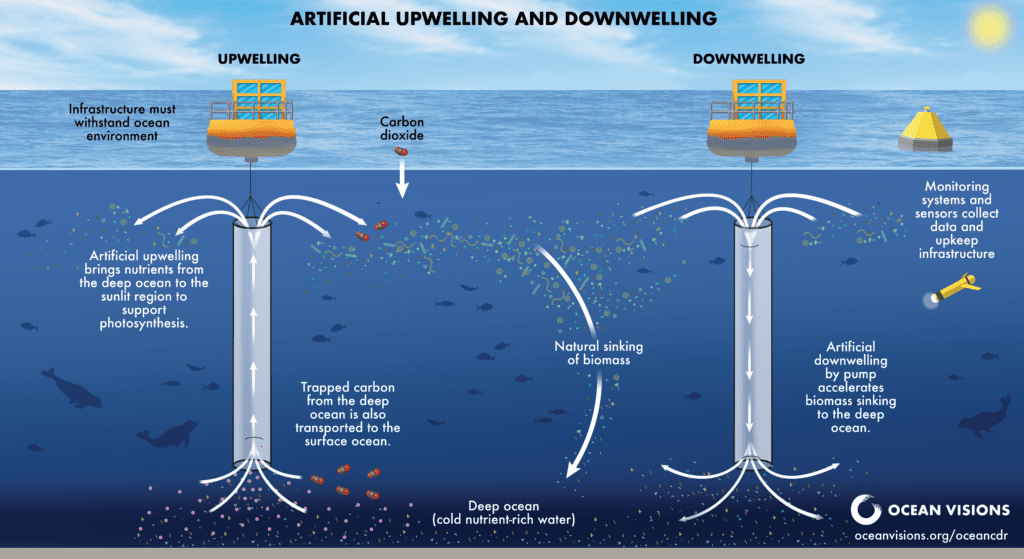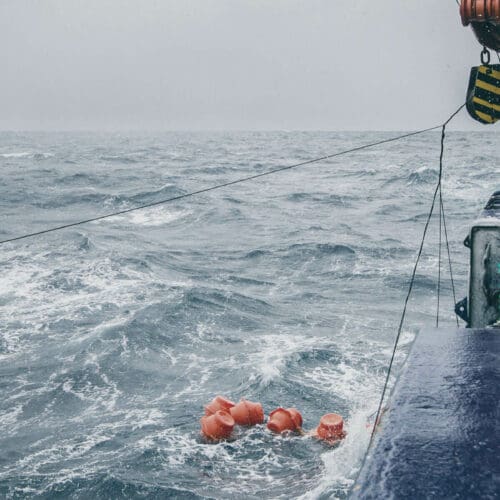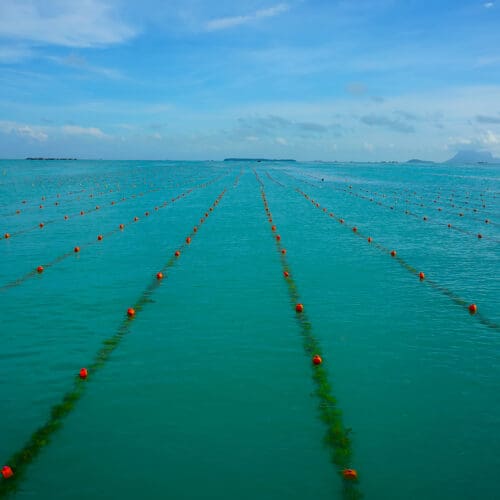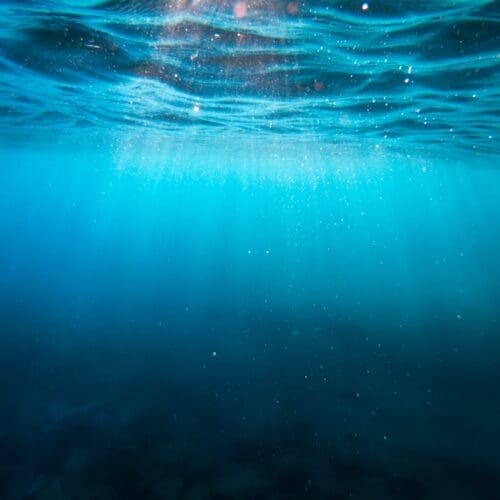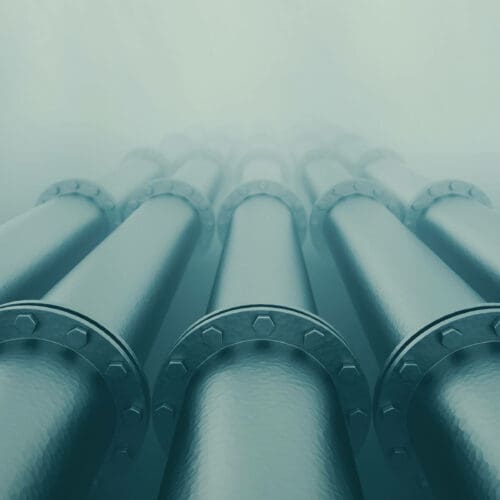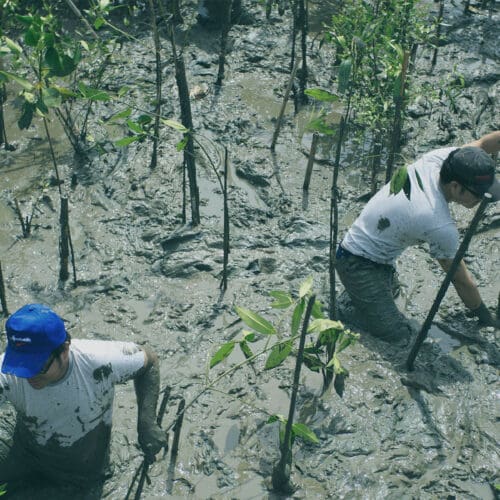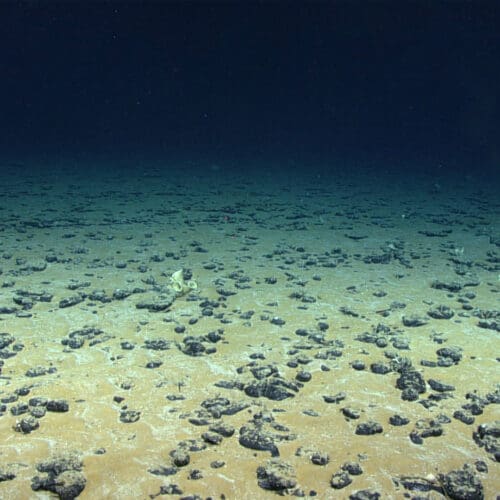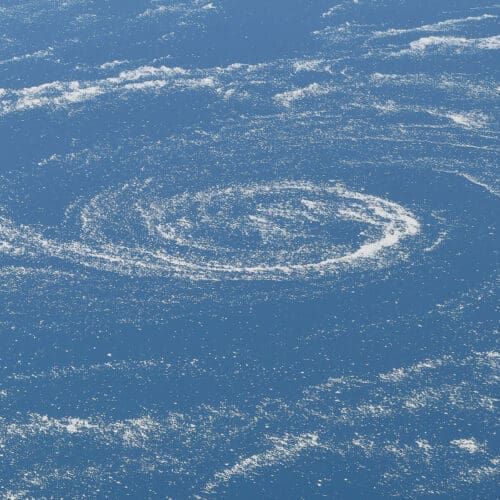Artificial Upwelling and Downwelling Overview
Artificial downwelling refers to the downward transfer of surface water and carbon to the deep ocean. Downwelling could be induced by pumps, artificially cooling surface waters, or increasing salinity through thickening of sea ice. Artificial upwelling refers to pumping up cooler, nutrient-rich waters from the deep to stimulate phytoplankton activity and draw down carbon dioxide.
